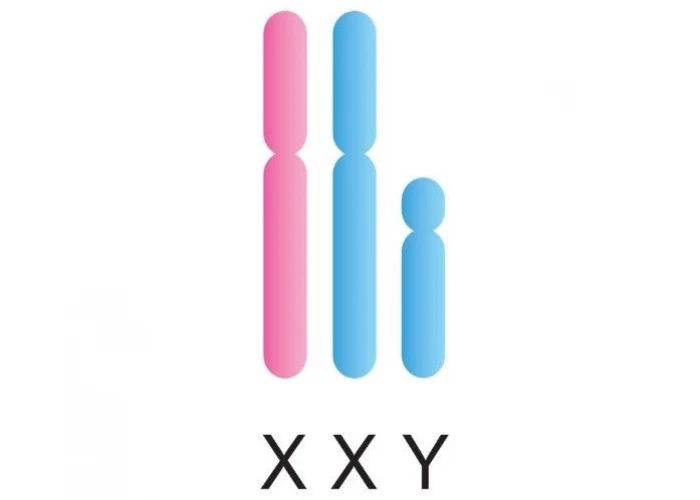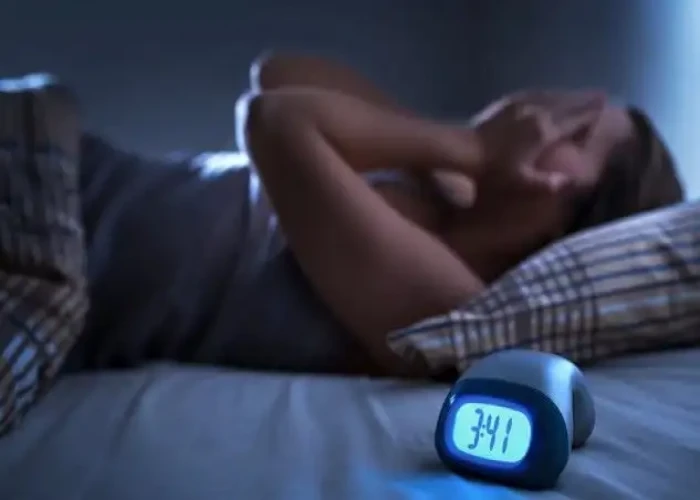 Welcome
Welcome
“May all be happy, may all be healed, may all be at peace and may no one ever suffer."
Coronary artery disease

Coronary artery disease (CAD) is a condition that occurs when the blood vessels that supply the heart muscle with oxygen and nutrients become narrowed or blocked. CAD is a common form of heart disease and can lead to heart attacks and other serious complications.
The most common cause of CAD is the buildup of fatty deposits, called plaques, inside the walls of the coronary arteries. This process, known as atherosclerosis, can begin in childhood and progress over many years. Plaques can limit blood flow to the heart, leading to symptoms such as chest pain, shortness of breath, or fatigue.
Risk factors for CAD include:
- Age
- Family history of heart disease
- High blood pressure
- High cholesterol
- Smoking
- Diabetes
- Obesity
- Physical inactivity
- Stress
Diagnosis of CAD typically involves a physical exam, medical history, and a variety of tests, such as electrocardiograms (ECGs), stress tests, or cardiac catheterization. Treatment for CAD may involve lifestyle changes, such as quitting smoking, losing weight, or increasing physical activity. Medications, such as aspirin, beta-blockers, or cholesterol-lowering drugs, may also be prescribed to reduce the risk of heart attack or stroke. In more severe cases, procedures such as angioplasty or bypass surgery may be necessary to open or bypass blocked coronary arteries.
Prevention of CAD involves managing risk factors through healthy lifestyle choices, such as maintaining a healthy diet, getting regular exercise, not smoking, and managing stress. Regular check-ups with a healthcare provider can help identify and manage risk factors for CAD.
CAD is a serious and potentially life-threatening condition, but with proper management, many people with CAD are able to live long and healthy lives. If you have symptoms of CAD or are at risk for developing the condition, it is important to see a healthcare provider for proper evaluation and treatment.
Research Papers
Disease Signs and Symptoms
- Chest pain
- Heart pain (Angina)
- Shortness of breath (dyspnea)
- Heart attack
Disease Causes
Coronary artery disease
Coronary artery disease is thought to begin with damage or injury to the inner layer of a coronary artery, sometimes as early as childhood. The damage may be caused by various factors, including:
- Smoking
- High blood pressure
- High cholesterol
- Diabetes or insulin resistance
- Not being active (sedentary lifestyle)
Once the inner wall of an artery is damaged, fatty deposits (plaque) made of cholesterol and other cellular waste products tend to collect at the site of injury. This process is called atherosclerosis. If the plaque surface breaks or ruptures, blood cells called platelets clump together at the site to try to repair the artery. This clump can block the artery, leading to a heart attack.
Disease Prevents
Coronary artery disease
The same lifestyle habits used to help treat coronary artery disease can also help prevent it. A healthy lifestyle can help keep your arteries strong and clear of plaque. To improve your heart health, follow these tips:
- Quit smoking.
- Control conditions such as high blood pressure, high cholesterol and diabetes.
- Stay physically active.
- Eat a low-fat, low-salt diet that's rich in fruits, vegetables and whole grains.
- Maintain a healthy weight.
- Reduce and manage stress.
Disease Treatments
Treatment for coronary artery disease usually involves lifestyle changes and, if necessary, drugs and certain medical procedures.
Lifestyle changes
Making a commitment to the following healthy lifestyle changes can go a long way toward promoting healthier arteries:
- Quit smoking.
- Eat healthy foods.
- Exercise regularly.
- Lose excess weight.
- Reduce stress.
Drugs
Various drugs can be used to treat coronary artery disease, including:
- Cholesterol-modifying medications. These medications reduce (or modify) the primary material that deposits on the coronary arteries. As a result, cholesterol levels — especially low-density lipoprotein (LDL, or the "bad") cholesterol — decrease. Your doctor can choose from a range of medications, including statins, niacin, fibrates and bile acid sequestrants.
- Aspirin. Your doctor may recommend taking a daily aspirin or other blood thinner. This can reduce the tendency of your blood to clot, which may help prevent obstruction of your coronary arteries.
- If you've had a heart attack, aspirin can help prevent future attacks. But aspirin can be dangerous if you have a bleeding disorder or you're already taking another blood thinner, so ask your doctor before taking it.
- Beta blockers. These drugs slow your heart rate and decrease your blood pressure, which decreases your heart's demand for oxygen. If you've had a heart attack, beta blockers reduce the risk of future attacks.
- Calcium channel blockers. These drugs may be used with beta blockers if beta blockers alone aren't effective or instead of beta blockers if you're not able to take them. These drugs can help improve symptoms of chest pain.
- Ranolazine. This medication may help people with chest pain (angina). It may be prescribed with a beta blocker or instead of a beta blocker if you can't take it.
- Nitroglycerin. Nitroglycerin tablets, sprays and patches can control chest pain by temporarily dilating your coronary arteries and reducing your heart's demand for blood.
- Angiotensin-converting enzyme (ACE) inhibitors and angiotensin II receptor blockers (ARBs). These similar drugs decrease blood pressure and may help prevent progression of coronary artery disease.
Procedures to restore and improve blood flow
Sometimes more aggressive treatment is needed. Here are some options:
Angioplasty and stent placement (percutaneous coronary revascularization)
Your doctor inserts a long, thin tube (catheter) into the narrowed part of your artery. A wire with a deflated balloon is passed through the catheter to the narrowed area. The balloon is then inflated, compressing the deposits against your artery walls.
A stent is often left in the artery to help keep the artery open. Most stents slowly release medication to help keep the arteries open.
Coronary artery bypass surgery
A surgeon creates a graft to bypass blocked coronary arteries using a vessel from another part of your body. This allows blood to flow around the blocked or narrowed coronary artery. Because this requires open-heart surgery, it's most often reserved for people who have multiple narrowed coronary arteries.
Disease Diagnoses
Disease Allopathic Generics
Disease Ayurvedic Generics
Disease Homeopathic Generics
Disease yoga
Coronary artery disease and Learn More about Diseases

Acute sinusitis

Tonsillitis

Klinefelter syndrome

Asthma attack

Sleep disorders

Bradycardia

Neurofibromatosis

Popliteal artery aneurysm
Coronary artery disease, Coronary heart disease, Coronary artery, করোনারি আর্টারি ডিজিজ
To be happy, beautiful, healthy, wealthy, hale and long-lived stay with DM3S.
